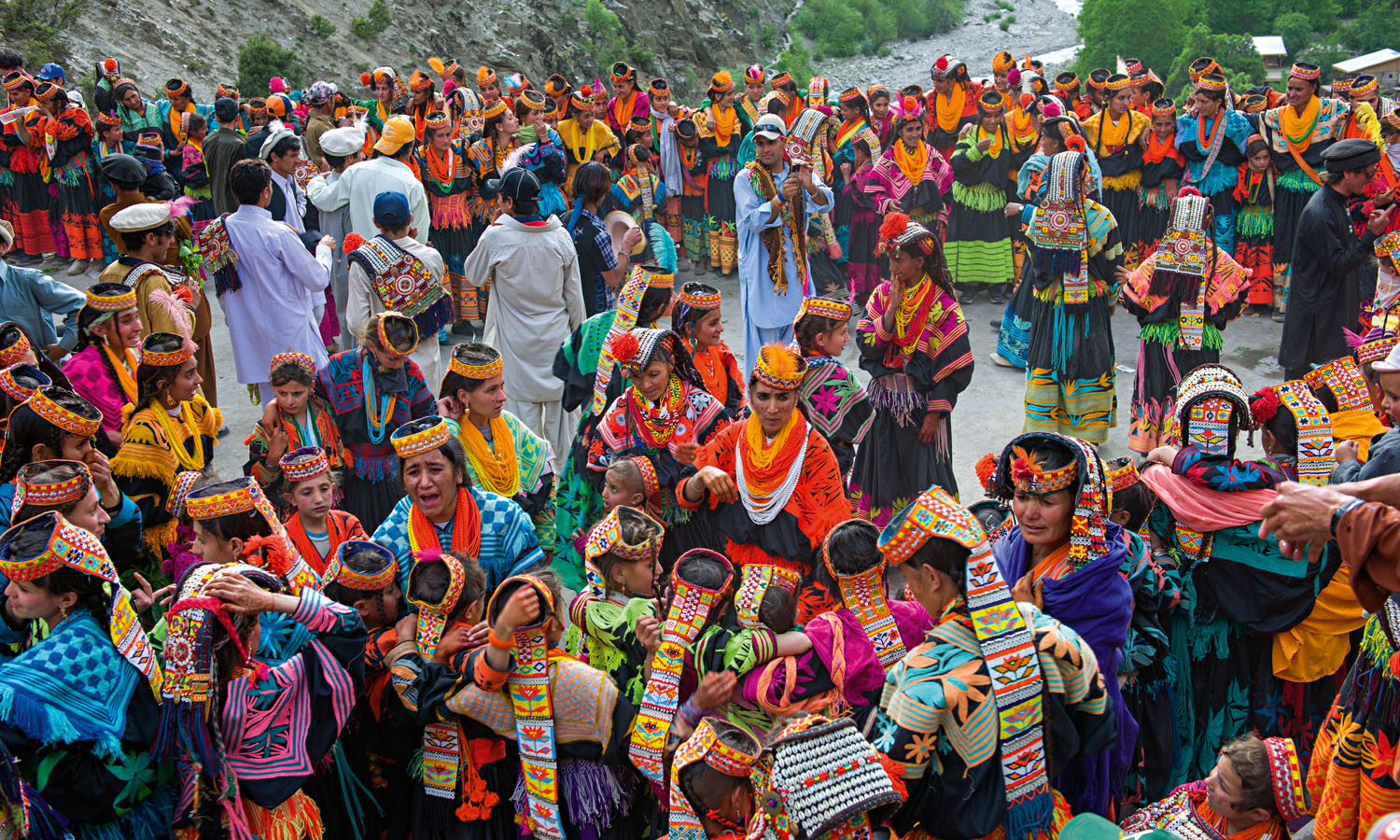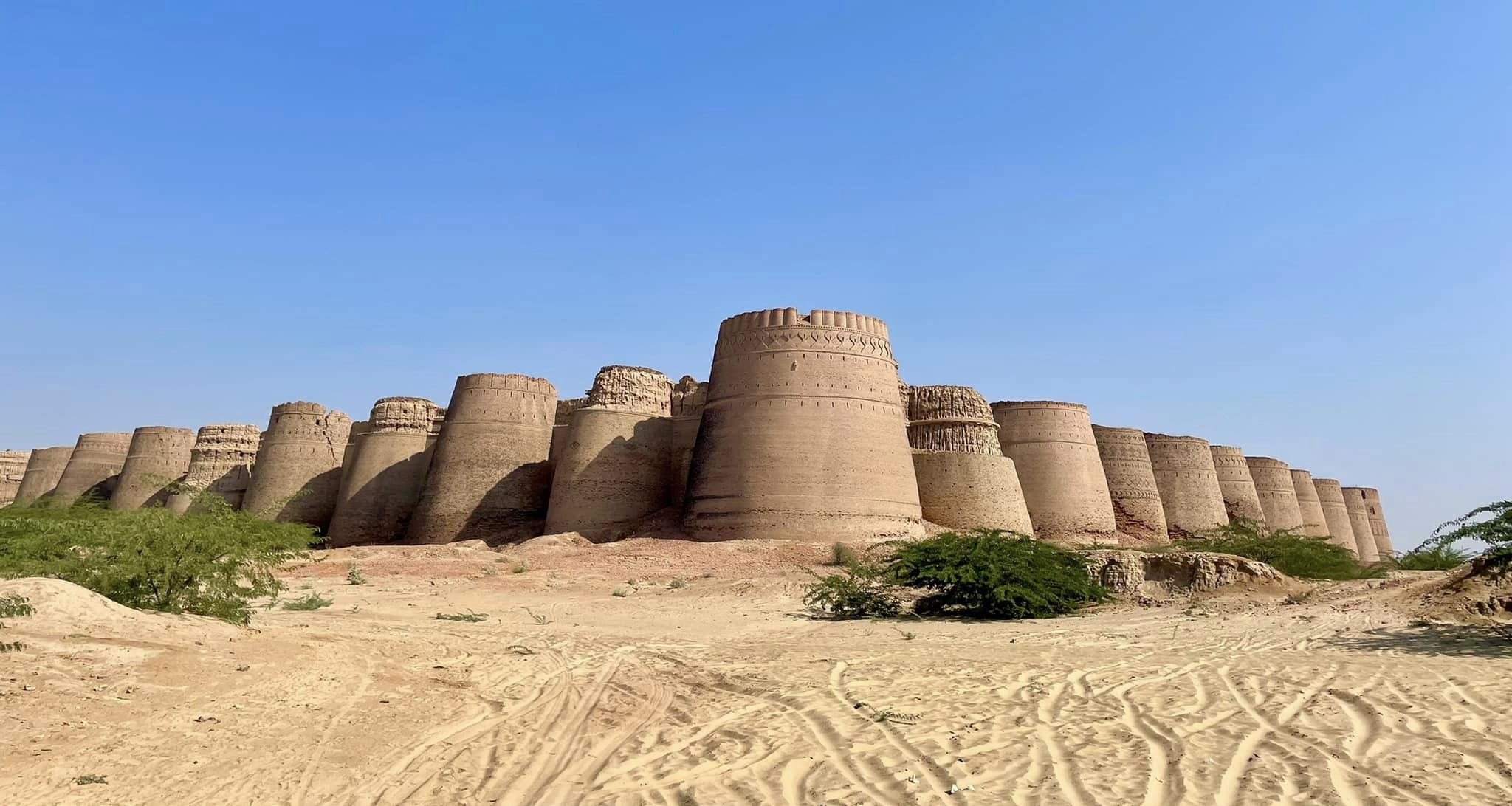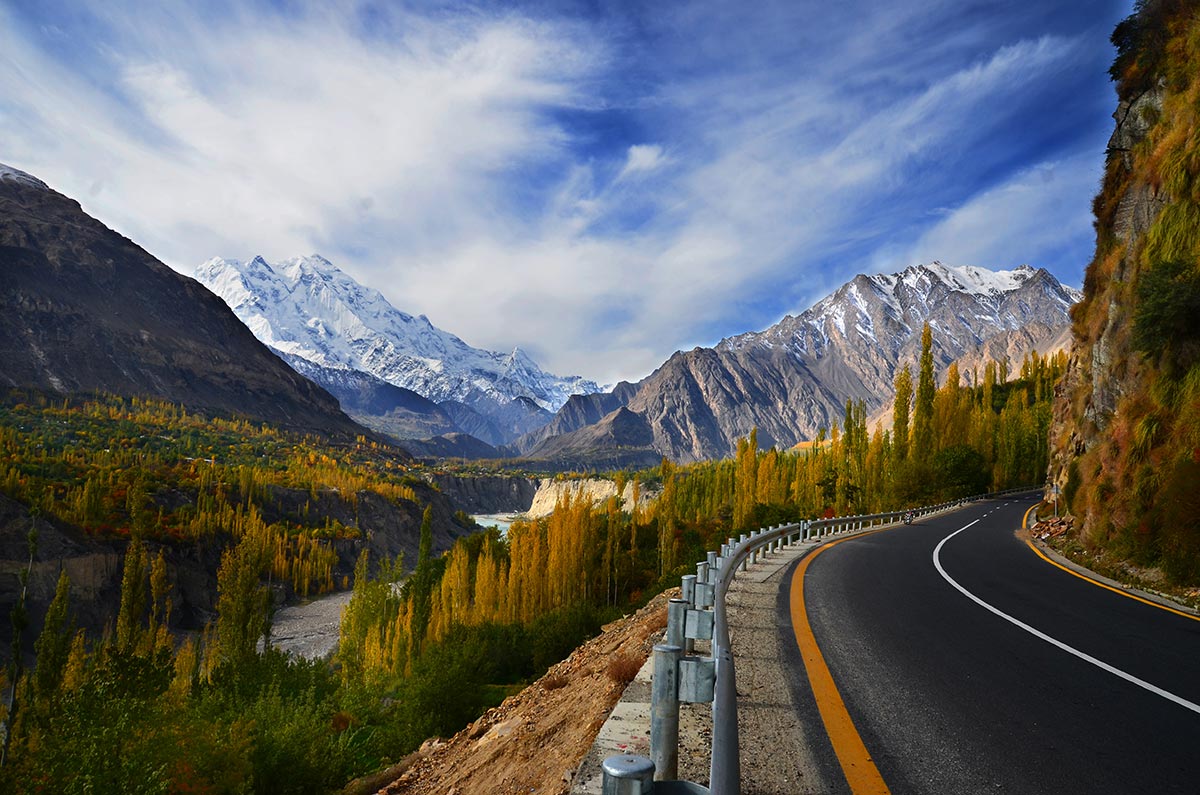
Chilam Joshi Kalash – Spring Festival
Chilam Joshi Festival is one the most vital Kalash festivals in Pakistan. Kalash Festival is also known as Kalash spring festival.
Embarking on a tour of Afghanistan is more than just a journey through breathtaking landscapes — it’s a deep dive into one of the world’s oldest and most culturally rich civilizations. Nestled at the crossroads of Central and South Asia, Afghanistan has long been a meeting point for diverse cultures, empires, and religions. From the ancient Buddhist relics of Bamiyan to the intricate Islamic architecture of Herat and the bustling bazaars of Kabul, the country offers a unique blend of historical depth and cultural vibrancy.
Afghanistan’s cultural significance is woven into every aspect of its society — from its traditional music, poetry, and cuisine to its renowned hospitality and tribal customs. For travelers seeking authentic experiences, Afghanistan offers an unparalleled opportunity to witness living history, meet warm-hearted locals, and explore a land that has shaped, and been shaped by, the world’s great civilizations. This tour promises not only scenic beauty and historical marvels.
Departure from home country to Islamabad.
Flight from Islamabad to Kabul. Overnight in Kabul.
we drive north across the Shomali Plains, through to where we will have an early lunch in a local restaurant. After lunch we drive over the Shibar pass (3285m), the watershed of the Indus and Oxus River systems, and then down to Bamyan.(Overnight Hotel)
Approximately 8-hour drive.
The early risers may want to use this opportunity to take some photographs of the Hindu Kush, the remains of the Buddhas and the early morning activities of the inhabitants of Bamiyan. After breakfast we will visit the Buddhas; and if we are still able, explore the surrounding cliffs that are riddled with caves that contain carvings and frescos. Unfortunately, the Taliban destroyed almost all of this. We then drive a short distance to the base of the Shahr-I-Golgola, which was destroyed by Genghis Khan in 1221.Genghis had destroyed Balkh and sent his teenage grandson with an army to capture Bamiyan. The people of Bamiyan resisted and Genghis’s grandson was killed. Genghis besieged and destroyed Golgola in revenge. If we do not explore the Shar-I-Zohak on the way to Bamiyan we hike up it, too. After lunch in the new Bazaar, (Overnight Hotel)
we continue our trip from Bamyan to Band-I-Amir. They are beautiful – the water varies in color from turquoise to deep blue-black from lake to lake. Don’t assume that photographs of the lakes have had their color touched up – they really are these coolers, tinted by the mineral salts in the springs that feed the lakes. In the late afternoon we will return to Bamyan have lunch there after lunch we come back to see the Dragon (Darya Ajdhahar) (Overnight Hotel)
Traveling from Bamyan to Cheghcheran (also spelled Chaghcharan), the capital of Ghor Province, takes you through the rugged heart of central Afghanistan — a region known for its dramatic landscapes, historical depth, and cultural significance. overnight in hotel (Day trip)
After Breakfast, we will start our tour to the Minaret of Jam stands as a masterpiece of Islamic architecture. Built in the 12th century by the Ghurid dynasty, it is approximately 65 meters tall and constructed entirely of baked bricks, adorned with intricate geometric patterns, Kufic inscriptions, and glazed tiles. It is believed to have been part of the lost city of Firozkoh, the once-flourishing capital of the Ghurids. (overnight in Local House)
After Breakfast, Traveling from the Minaret of Jam to Herat is a remarkable journey that connects two of Afghanistan’s most historically significant and culturally rich sites. It takes you from the remote valleys of Ghor Province, where the medieval Ghurid dynasty once flourished, to the vibrant urban center of Herat, long considered a beacon of Persianate art, poetry, and architecture. Overnigh in hotel.
On arrival at Herat, we will go to hotels and have lunch. than start the tour which is including Citadel (Qala-I-Ikhtiyaruddin). Ghorid and timurid tiling . visit to the Friday Mosque (Masjid-I- Jami). – the most stunning mosque in the world, though the inhabitants of Mazahar-ISharif and Samarqand might disagree. There is an opportunity to see a famous 14th Century bronze cauldron, alleged to be Tamurlane’s sherbet bowl, in the courtyard. You will also be able to see the tile factory, which claims to be the oldest in the world and probably dates back to the 12th century, where tiles are still made in the traditional manner. For the early risers, there will be a visit to the old town to explore the bazaar. The rest of the morning will be spent visiting the 15th century Musalla complex that includes the Minarets of Gohar Shad and her Mausoleum. Gohar Shad was the wife of Shah Rukh, son of Tamurlane. Herat is a great place to go carpet shopping. There are opportunities to purchase both new and antique carpets from a number of different establishments including a large building filled entirely by carpet sellers. For most Afghans, carpets are a major purchase; equivalent to a westerner buying a car and the negotiation may take a number of visits. In the late afternoon we will visit the tomb of the two princes, followed by a picnic dinner at local places. (Overnight hotel)
After Breakfast, from Herat to Kandahar is a journey through the southwestern heartland of Afghanistan — one that not only links two of the country’s most influential cities but also follows a historic corridor used for centuries by traders, armies, poets, and pilgrims. This route reflects both Afghanistan’s cultural continuity and its strategic geography, connecting Persianate Herat to Pashtun-dominated Kandahar each with its own rich legacy. (Day Trip)
Morning, visit of Kandhara and Mirwais neka grave: The Tomb of Mirwais Nika honors one of Afghanistan’s earliest national heroes. Mirwais Khan Hotak, known as Mirwais Nika (“The Revered Elder”), was a tribal leader of the Ghilzai Pashtuns who, in the early 18th century, led a successful revolt against Safavid Persian rule in Kandahar. Then move towars The Tomb of Ahmad Shah Baba commemorates the founder of modern Afghanistan, Ahmad Shah Durrani (1722–1772), also known as Ahmad Shah Baba, meaning “Father of the Nation.” A unifier of Afghan tribes and a skilled military leader, he established the Durrani Empire in 1747, with Kandahar as its first capital.
fly back to Kabul, on arrival to Kabul we will have lunch. After having our lunch, we will go to the bazaar for some shopping on chicken streets
This journey takes you through some of Afghanistan’s most ancient and spiritually significant sites, highlighting the country’s Buddhist, Islamic, and Persianate heritage. From the bustling capital of Kabul, you’ll travel north through rugged terrain to Samangan Province, home to the hidden marvel of Takht-e-Rostam, before arriving at the vibrant spiritual center of the north: Mazar-i-Sharif.
Mazahar-I-Sharif, which means ‘Tomb of the Exalted’ and is believed to be the burial place of the prophet’s son-in-law Ali. The tomb is in a magnificent tiled building surrounded by flocks of white doves. If a grey one joins them, it is said, it will become white in a month. Mazahar is not only a center of carpet production in Afghanistan but also one of the centers of the Central Asian carpet trade, and the most beautiful carpets from all over Central Asia can be found in the bazaars. (overnight Hotel)
After breakfast we will fly back to Kabul, and have our overnight stay there.
Transfer to Kabul Airport Departure

Chilam Joshi Festival is one the most vital Kalash festivals in Pakistan. Kalash Festival is also known as Kalash spring festival.

We take a tour of the 5000 year old Indus valley civilization and marvel at the magnificence of architecture that covers the most historical and culturally rich areas of Pakistan’s ancient history.

Karakoram Highway Adventure Tour: A Journey from Tashkurgan to Islamabad. The Karakoram Highway (KKH), often called the “Eighth Wonder of the World,” is a bucket-list journey for adventurers.